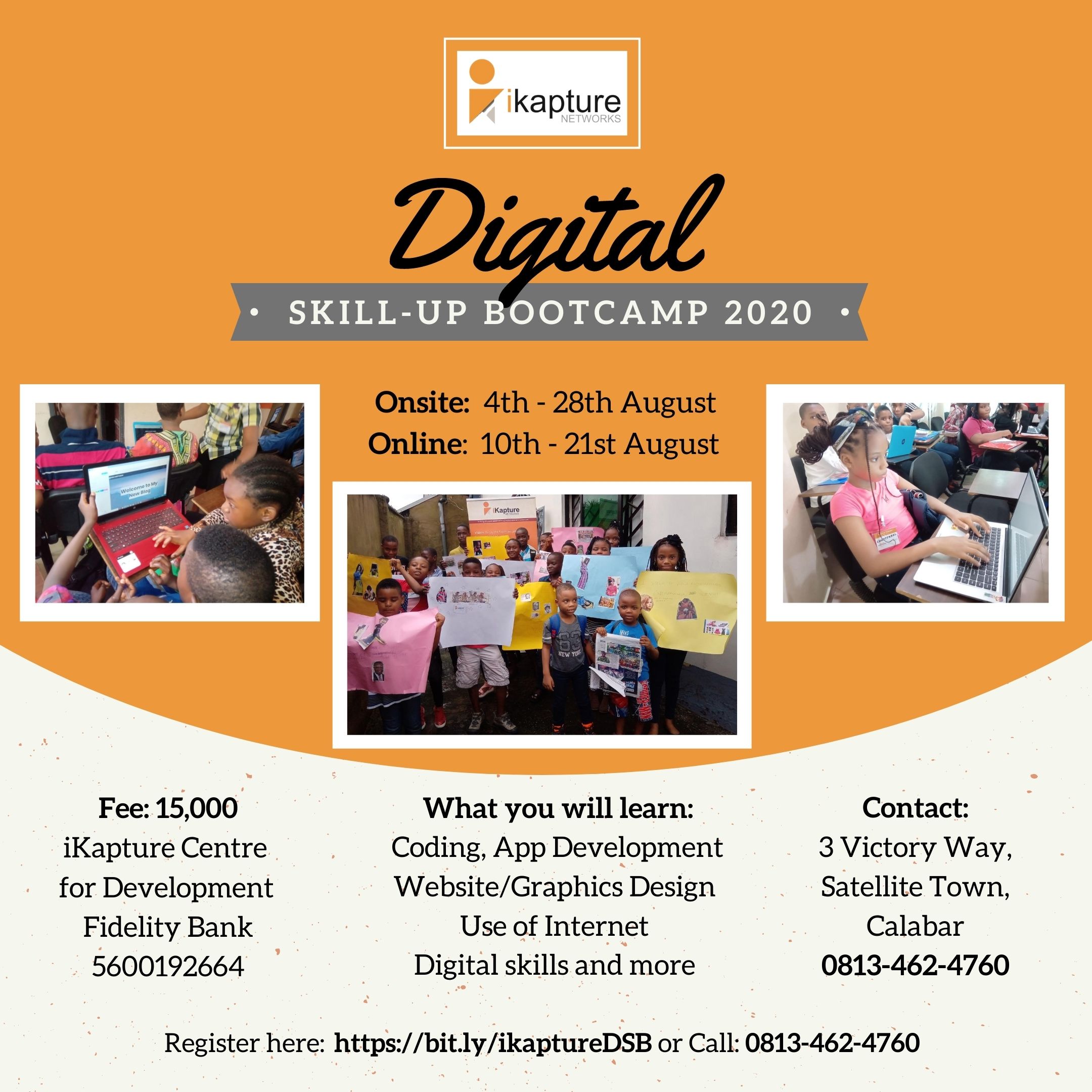Pitching may be used under many different circumstances and occasions. We use pitching for our work when we must convince a colleague or business partner about a new idea or a certain way of doing things.
Often we are not even aware that we are pitching under these everyday circumstances but that changes substantially on special occasions. We use Pitches when we; present an idea, concept, or product to a potential client or business partner.
Pitching in business refers to presenting business ideas to another party. For example, you may pitch your startup business to potential investors or your products to potential customers. A business pitch needs to give your audience a clear understanding of your plan or goals to gain buy-in.
We all agree that in recent times, people have less and fewer attention spans. They have less time and patience to sit through long speeches where you list all your product features and offer a great deal to close.
In other words, Pitching enables you to present your idea concisely and convincingly, so that your idea, message, or product – no matter what it gets people’s attention.
Types of Pitch
- One-Word Pitch
- Social Media Pitch
- Elevator Pitch
- Cold Call Pitch
- Email Pitch
- Follow-up Pitch
One-Word Pitch
Put simply, A One-Word Pitch is a single, powerful word that best describes your brand. Finding a word that best describes your brand might be a little difficult. But you can select one from your brand’s
- Aims
- Values
- And or Products
For example, Google’s One-word pitch is ‘Search’.
When you find a word, you can use synonyms to make it unique.
This one-word pitch should be used by everyone in your organization—wherever possible. Once people associate the word with your brand, your potential customers will recognize you instantly.
Social media Pitch
This is crafting your social media post around the basics of your brand. It is important because you have to make customers want more.
Elevator Pitch
An elevator pitch is a short, snappy, easy-to-grasp explanation of your company and its products…
In no more than 30 seconds your pitch should describe the basics of your business (it should be short enough to cover in an elevator ride, hence its name)
Elevator pitches must be engaging and friendly,
To be great at using this pitch, you need to practice, so it’s clear, concise, and well-paced.
Cold call Pitch
A cold call is when you reach out to a person you’ve never spoken with before, intending to sell them your product or service.
Even though the person may not be aware of your brand, a cold call is made to some who is likely to have an interest in or benefit from your brand’s product.
A cold call sales pitch is unique because it provides an opportunity for a personal connection.
Email Pitch
An email pitch is a sales pitch that is delivered to potential clients and or customers via email. Most times, it is used to create brand awareness; they are brief and serve as a starter for conversations.
Follow-up Pitch
Pitching without follow-up is no pitching at all. This aspect can either make or break your deal. The quicker you do a follow-up the more likely you are to close the deal. Do not give up after the first attempt, or you would be missing out on opportunities to make that sale.
So when creating that follow-up pitch try to keep it brief.
A perfectly made pitch cannot be underestimated; you need to make sure that you clearly understand the differences between the different startup pitches and work towards perfecting each one of them.
The next time you are about to sell that business idea or contact a prospective customer, use the pitches outlined above.
Tell your brand’s story and the success of your products and services and back up with facts and statistics. Work hard to engage your audience. Practice with friends and colleagues until you master the right pitch for you.
What do you think? Can you write an effective business pitch in 10 minutes?
Let us know your thoughts.

 Make this holiday well invested for kids and teens.
Make this holiday well invested for kids and teens. The search is on for 25 Leaders Changing the Game.
The search is on for 25 Leaders Changing the Game.